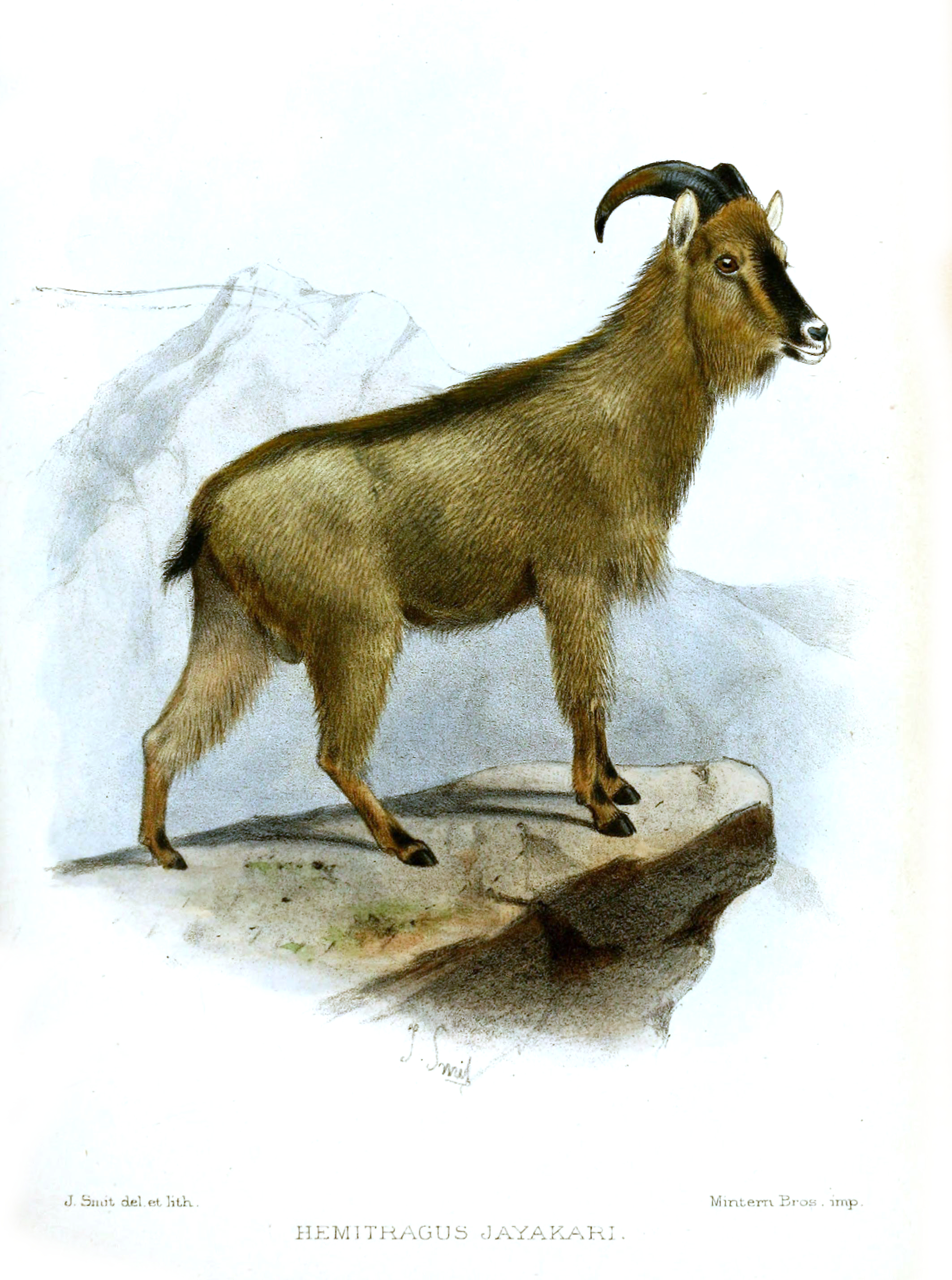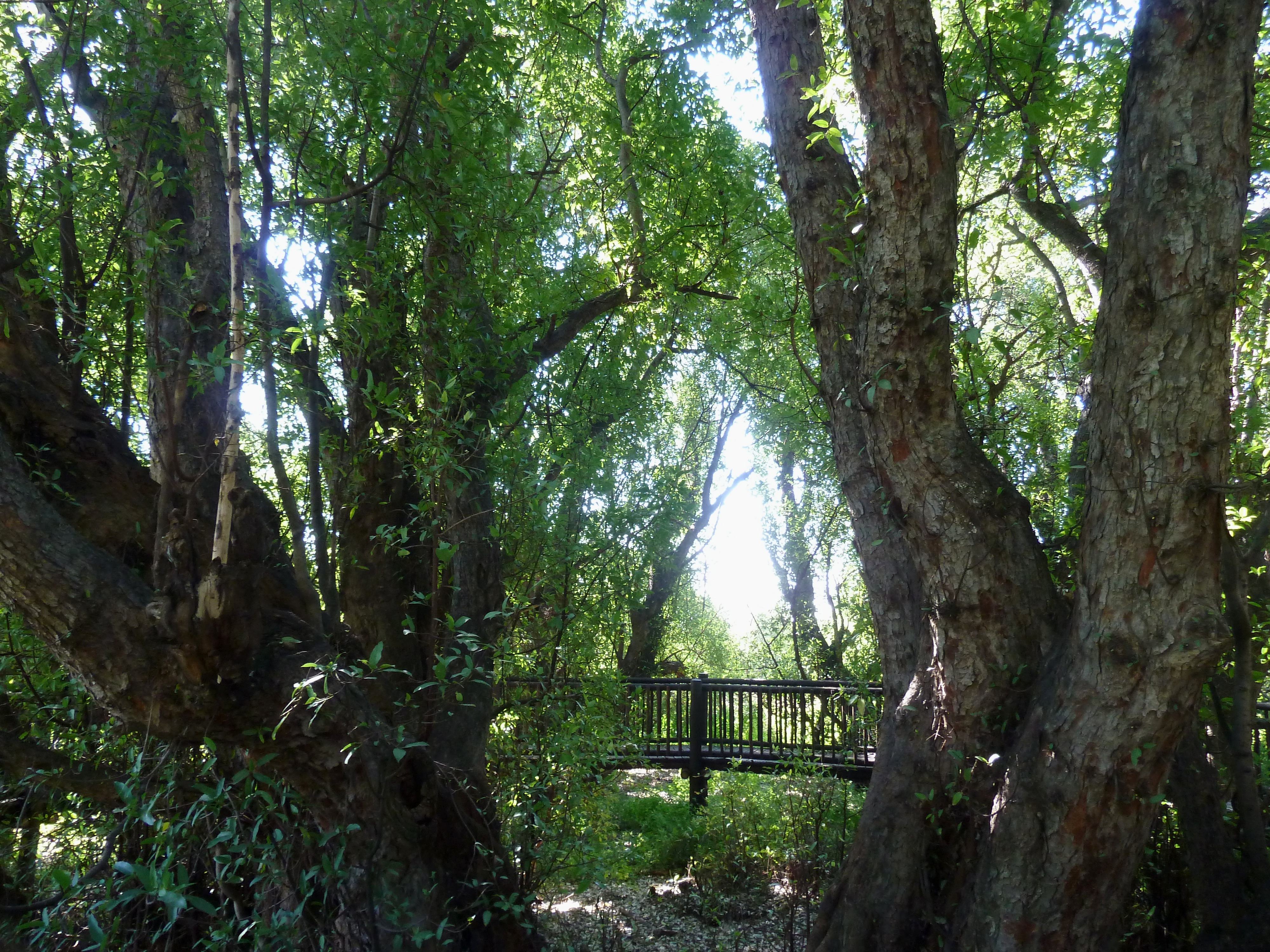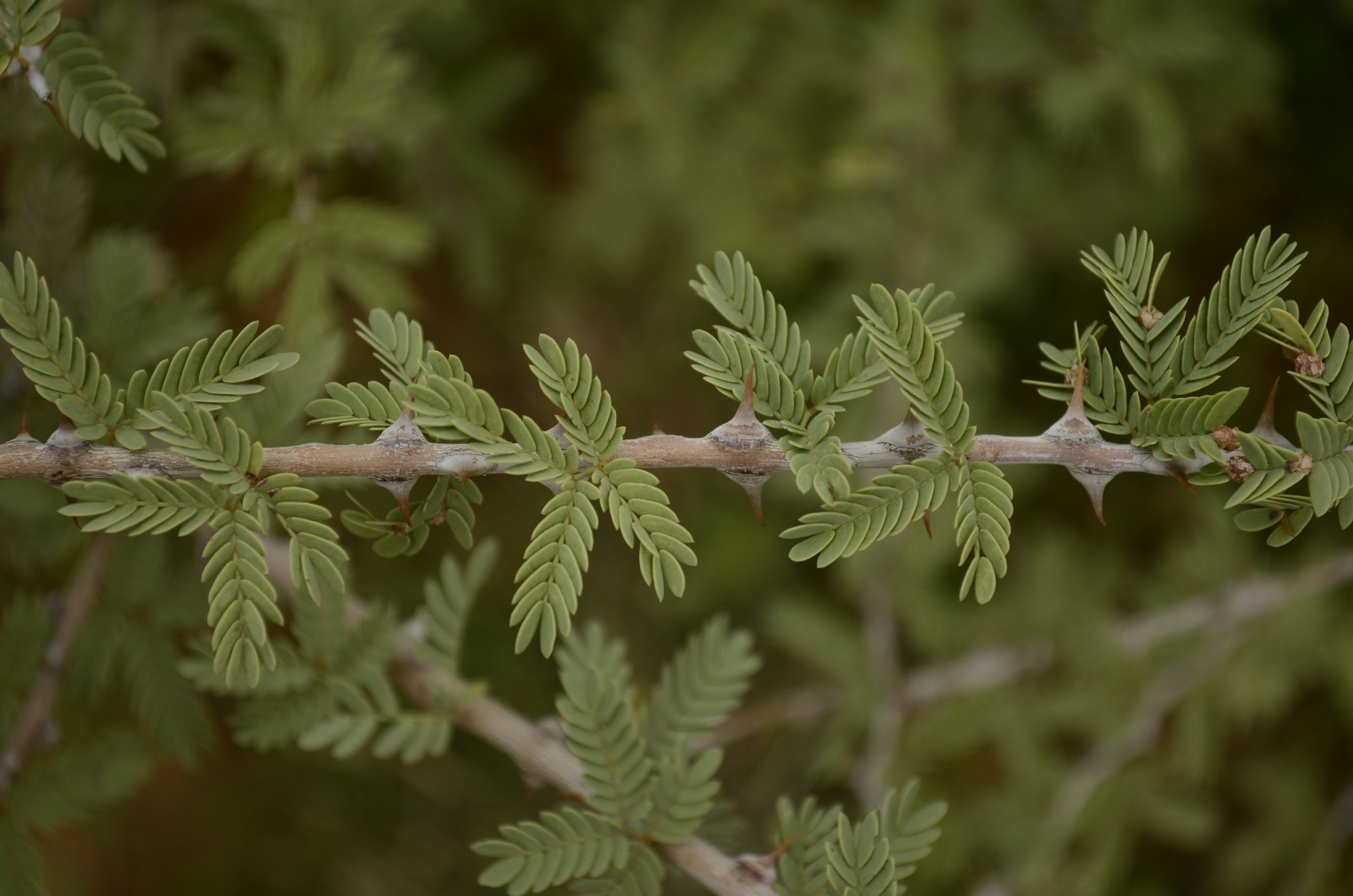|
Al-Hajar Montane Woodlands And Shrublands
The Al Hajar montane woodlands is a temperate grasslands, savannas and shrublands ecoregion in the Al Hajar Mountains on the eastern Arabian Peninsula, which extends across portions of Oman and the United Arab Emirates. Geography The ecoregion includes the upper elevations of the Al Hajar Mountains in the eastern Arabian Peninsula. The mountains form an arc from northwest to southeast through portions of Oman and the United Arab Emirates, extending over 500 kilometres in length. The mountains run parallel to the coast of the Gulf of Oman, with the Al Batinah Region in the coastal plain between the mountains and the sea. The Al Hajar al Gharbi, or western Hajar, extends from the Musandam Peninsula at the northeastern tip of the Arabian peninsula through the western UAE and northern Oman. The Al Hajar ash Sharqi, or eastern Hajar, extends eastwards towards Ras al Hadd, the easternmost point in Oman and the Arabian Peninsula. The Sama'il Gap separates the eastern and western porti ... [...More Info...] [...Related Items...] OR: [Wikipedia] [Google] [Baidu] |
Jebel Shams
Jabal Shams or Jebel Shams ( ar, جَبَل شَمْس, Mountain of Sun) is a mountain located in northeastern Oman north of Al Hamra town. It is known as Jabal Shams because it is the first place to receive sunrise in Oman due to its high peak. It is the highest mountain of the Hajar range and the country. The mountain is a popular sightseeing area located from Muscat. In the summer, the temperature is around and in the winter it drops to less than . Jabal Shams also hosts Al Nakhur Canyon,it's so spectacular that it is labeled as the Grand Canyon of Arabia. Nearby is Jabal Akhdar, another prominent peak in the region. Summits The highest point of the mountain is the North Summit, which is occupied by a military base and is a restricted area. The Ministry of Tourism, Sultanate of Oman, states the North Summit to be high. The mountain also has second summit, the South Summit, which is publicly accessible for trekking via the W4 Trail, marked by the Oman Ministry of Touris ... [...More Info...] [...Related Items...] OR: [Wikipedia] [Google] [Baidu] |
Ophiolite
An ophiolite is a section of Earth's oceanic crust and the underlying upper mantle that has been uplifted and exposed above sea level and often emplaced onto continental crustal rocks. The Greek word ὄφις, ''ophis'' (''snake'') is found in the name of ophiolites, because of the superficial texture of some of them. Serpentinite especially evokes a snakeskin. The suffix ''lite'' from the Greek ''lithos'' means "stone". Some ophiolites have a green color. The origin of these rocks, present in many mountainous massifs, remained uncertain until the advent of plate tectonic theory. Their great significance relates to their occurrence within mountain belts such as the Alps and the Himalayas, where they document the existence of former ocean basins that have now been consumed by subduction. This insight was one of the founding pillars of plate tectonics, and ophiolites have always played a central role in plate tectonic theory and the interpretation of ancient mountain belts. Pse ... [...More Info...] [...Related Items...] OR: [Wikipedia] [Google] [Baidu] |
Mountain Gazelle
The mountain gazelle (''Gazella gazella''), also called the Palestine mountain gazelle, is a species of gazelle widely but unevenly distributed. Description Mountain gazelle are one of the few mammals in which both sexes have horns. Males have significantly larger horns with rings around them. Females will also have horns, but they will be thinner, smoother and shorter. Along with the horns, mountain gazelle are also sexually dimorphic in size, with males being larger than females. A mature male can range from 17 to 29.5 kg, while females are 16–25 kg in weight. Mountain gazelle can reach running speeds of up to . Population and range Mountain gazelle are most abundant in Israel, the West Bank, and the Golan Heights, but are also found in parts of Jordan and Turkey. There are no accurate estimates on the number of individuals remaining in the wild; Israel’s Parks and Nature authority estimated there to be just over 3,000 individuals in the country, with less th ... [...More Info...] [...Related Items...] OR: [Wikipedia] [Google] [Baidu] |
Arabian Tahr
The Arabian tahr (''Arabitragus jayakari'') is a species of tahr native to eastern Arabia. Until recently, it was placed in the genus '' Hemitragus'', but genetic evidence supports its removal to a separate monotypic genus, ''Arabitragus''. The Arabian tahr is the smallest species of tahr. The animal is of stocky build with backward-arching horns in both sexes. Males are much more robust than females. Their coats consist of a long, reddish-brown hair, with a dark stripe running down the back. Males possess the most impressive manes which extend right down the back and grow longer, based on the age. In the oldest males the muzzle darkens to black and the eye stripes also darken. As with most mountain goats and sheep, they have rubber-like hooves to provide balance and traction on the steep, rocky slopes. Habitat and range The Arabian tahr lives on steep rocky slopes of Al Hajar Mountains in Oman and the United Arab Emirates, at altitudes up to above sea level. It is also foun ... [...More Info...] [...Related Items...] OR: [Wikipedia] [Google] [Baidu] |
Somalia
Somalia, , Osmanya script: 𐒈𐒝𐒑𐒛𐒐𐒘𐒕𐒖; ar, الصومال, aṣ-Ṣūmāl officially the Federal Republic of SomaliaThe ''Federal Republic of Somalia'' is the country's name per Article 1 of thProvisional Constitution, (; ), is a country in the Horn of Africa. The country is bordered by Ethiopia to the west, Djibouti to the northwest, the Gulf of Aden to the north, the Indian Ocean to the east, and Kenya to the southwest. Somalia has the longest coastline on Africa's mainland. Its terrain consists mainly of plateaus, plains, and highlands. Hot conditions prevail year-round, with periodic monsoon winds and irregular rainfall. Somalia has an estimated population of around million, of which over 2 million live in the capital and largest city Mogadishu, and has been described as Africa's most culturally homogeneous country. Around 85% of its residents are ethnic Somalis, who have historically inhabited the country's north. Ethnic minorities are ... [...More Info...] [...Related Items...] OR: [Wikipedia] [Google] [Baidu] |
Ceratonia Oreothauma
''Ceratonia oreothauma'' is a species of tree native to Oman and Somaliland. Description ''Ceratonia oreothauma'' is a small tree with gnarled branches and rough bark which grows up to 8 meters high. It is evergreen, with singly-pinnate leaves bearing up to 20 leaflets. ''Ceratonia oreothauma'' flowers in March and April. Flowers are either purely male or purely female, with minute and sterile primary anthers.Batlle, I. and J. Tous. 1997. Carob tree. Ceratonia siliqua L. Promoting the conservation and use of underutilized and neglected crops. 17. Institute of Plant Genetics and Crop Plant Research, Gatersleben/International Plant Genetic Resources Institute, Rome, Italy. Distribution and habitat ''Ceratonia oreothauma'' has two widely separated populations which are classified as separate subspecies. ''C. oreothauma'' ssp. ''oreothauma'' is found in a single valley on Jebel Aswad in the eastern Hajar Mountains of Oman between 900 and 2000 meters elevation.Lewis, Gwilym. "Plants ... [...More Info...] [...Related Items...] OR: [Wikipedia] [Google] [Baidu] |
Prunus Arabica
''Prunus arabica'' is a species of wild almond found across the Middle East. It is a broomlike shrub typically 0.75 to 2m tall, with brown bark. Its leaves have a 5-8 mm petiole and the leaf blades are 15 to 44 mm long and 3 to 10 mm wide. Its inflorescences have dark red hypanthia and sepals (green on the interior of the sepals), and white, pale pink or pink petals. The flowers are borne on a pedicel about 3 mm long, which lengthens to 6 mm when the fruit is fully developed. It prefers to grow in arid or semiarid areas at 500 to 2700m above sea level. A full genetic and morphological analysis suggests that ''Prunus scoparia ''Prunus scoparia'' is a wild almond found in Turkey, Iran, Turkmenistan and Afghanistan. It is a xerophytic A xerophyte (from Greek ξηρός ''xeros'' 'dry' + φυτόν ''phuton'' 'plant') is a species of plant that has adaptations to sur ...'' may be conspecific with it; certainly it is its closest relative. It is occasionally cultivated for erosi ... [...More Info...] [...Related Items...] OR: [Wikipedia] [Google] [Baidu] |
Juniperus Seravschanica
''Juniperus seravschanica'' is a species of juniper. Common names include Pashtun juniper ( ps, اوبښته ''ōbəx̌ta'', " specieswhich sucks water"; Pashto: پښتني صنوبر). It ranges from southernmost Kazakhstan through Kyrgyzstan, Tajikistan, eastern Uzbekistan and Turkmenistan, to northern and eastern Afghanistan, northern Pakistan, and Kashmir. Outlying populations are found in the mountains of southeastern Iran – near Kuhbanan, Rabor, and on Kuh-e Khabr in the Hazaran range – and the Al Hajar Mountains of Oman."Juniperus seravschanica". ''Plants of the World Online''. Accessed 5 December 2020/ref>Adams, R.P., Al-Farsi, A. & Schwarzbach, A.E. (2014). Confirmation of the southern-most population of Juniperus seravschanica in Oman by DNA sequencing of nrDNA and four cpDNA regions Phytologia 96: 218-224. ''Juniperus seravschanica'' is sometimes classified as a subspecies of '' Juniperus polycarpos, J. polycarpos'' or '' J. excelsa''. Distribution ''Juniperus ... [...More Info...] [...Related Items...] OR: [Wikipedia] [Google] [Baidu] |
Ficus Salicifolia
__NOTOC__ The Wonderboom (''Ficus salicifolia'') is an evergreen fig species that ranges from the KwaZulu-Natal midlands northwards to tropical East Africa. It grows especially on outcrops, rocky hillsides and along cliffs fringing water courses and may rarely grow up to 10 m tall, and acquire a leafy spreading crown. Description The elliptic-oblong, leathery leaves of about 7 to 10 cm long, are carried on long petioles, and are often noticeably folded along the midrib. The leaf sides are almost parallel and clear net-veining is visible on the lamina. Leaves are brittle and have a characteristic smell when broken or bruised. The leaves are toxic and cause nervous disorders or even deaths in cattle. The small, smooth figs are carried on short stalks and measure about 4–6 mm in diameter. They are massed along the branchlets in the leaf axils, and change from white to yellowish-red and spotted as they ripen. The figs are eaten by birds and mammals. Similar species It ma ... [...More Info...] [...Related Items...] OR: [Wikipedia] [Google] [Baidu] |
Vachellia Tortilis
''Vachellia tortilis'', widely known as ''Acacia tortilis'' but now attributed to the genus ''Vachellia'', is the umbrella thorn acacia, also known as ''umbrella thorn'' and Israeli babool, a medium to large canopied tree native to most of Africa, primarily to the savanna and Sahel of Africa (especially the Somali peninsula and Sudan), but also occurring in the Middle East. Distribution and growing conditions ''Vachellia tortilis'' is widespread in Africa, being found in countries like Tunisa, Morocco, Uganda, Angola, Zimbabwe, Djibouti, and Botswana. It tends to grow in areas where temperatures vary from and rainfall is anywhere from about per year. Characteristics In extremely arid conditions, it may occur as a small, wiry bush. It grows up to in height. The tree carries leaves that grow to approx. in length with between 4 and 10 pair of pinnae each with up to 15 pairs of leaflets. Flowers are small and white, highly aromatic, and occur in tight clusters. Seeds a ... [...More Info...] [...Related Items...] OR: [Wikipedia] [Google] [Baidu] |
Prosopis Cineraria
''Prosopis cineraria'', also known as ghaf, is a species of flowering tree in the pea family, Fabaceae. It is native to arid portions of Western Asia and the Indian Subcontinent, including Afghanistan, Bahrain, Iran, India, Oman, Pakistan, Saudi Arabia, the United Arab Emirates and Yemen. Its leaves are shattered and stripy along its branch. It can survive extreme drought. It is an established introduced species in parts of Southeast Asia, including Indonesia. The ʿGhaf is the national tree of the United Arab Emirates. Through the ''Give a Ghaf campaign'' its citizens are urged to plant it in their gardens to combat desertification and to preserve their country's heritage. The desert village of Nazwa in the UAE is home to the Al Ghaf Conservation Reserve. ''Prosopis cineraria'' is also the state tree of Rajasthan (where it is known as Khejri), Western Uttar Pradesh (where it is known as Chhonkara) and Telangana (where it is known as ''Jammi'' ) in India. A large and well-kno ... [...More Info...] [...Related Items...] OR: [Wikipedia] [Google] [Baidu] |
Ziziphus Spina-christi
''Ziziphus spina-christi'', known as the Christ's thorn jujube, is an evergreen tree or plant native to northern and tropical Africa, Southern and Western Asia. It is native to the Levant, East Africa, Mesopotamia and some tropical countries. Fruit and leaves from the tree were used in preparing ancient Egyptian foods and cultural practices. Ecology In the Levant, it grows in valleys up to an elevation of 500 m. The ripe fruits are edible. The seed, contained within a small, oblong woody pit, is opened and eaten by local fauna, including the rock hyrax. Cultural and religious references In the Levant and wider Middle East it is called '' sidr'' (associated with the lote tree of the Quran) and is common in the Jordan Valley and around Jerusalem, as well as in the Hajar Mountains of the Sultanate of Oman. There were some folklore traditions that said the trees were protected by benevolent spirits or dead saints ( ''weli''). By some traditions, it was the tree from which Jesu ... [...More Info...] [...Related Items...] OR: [Wikipedia] [Google] [Baidu] |


